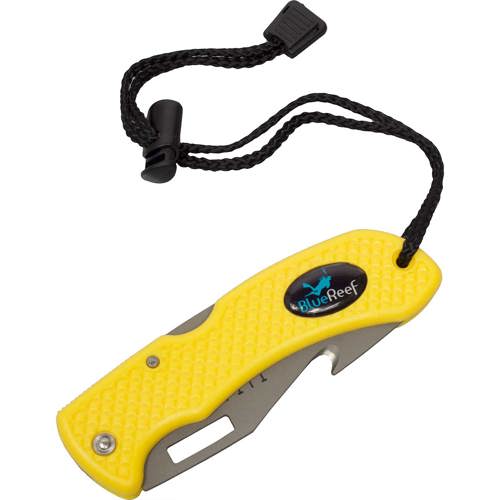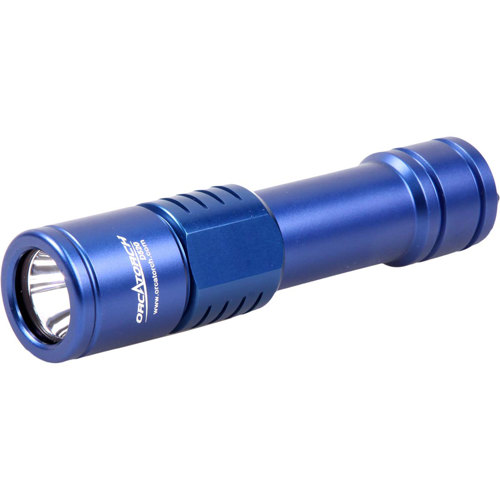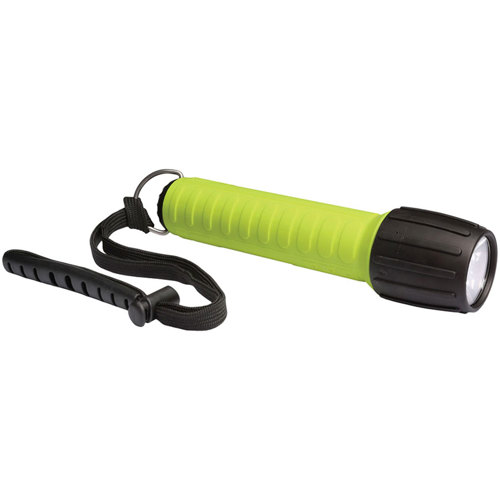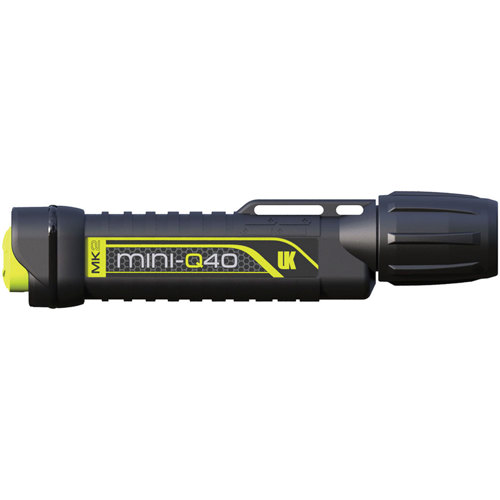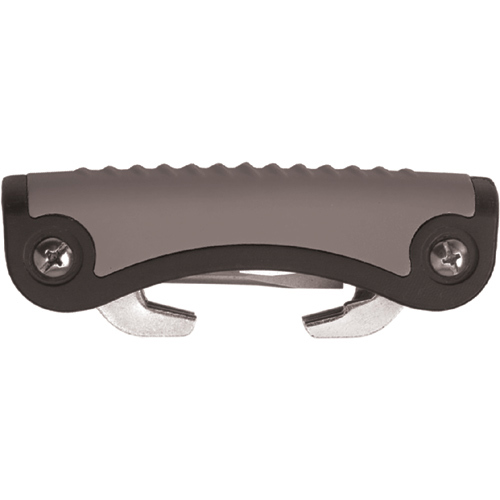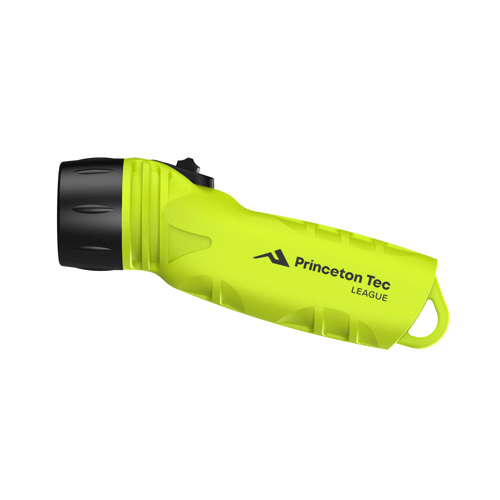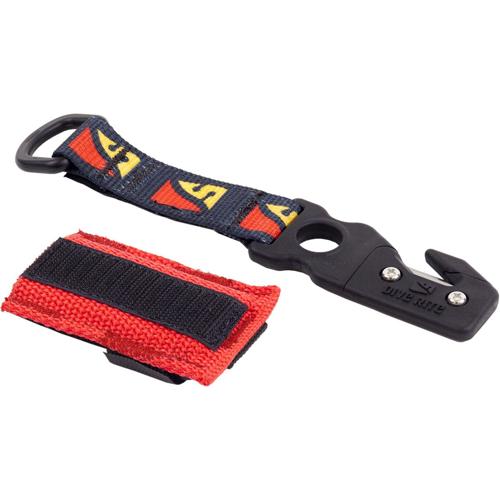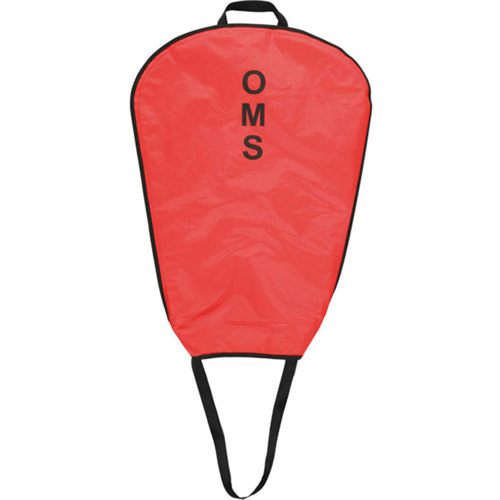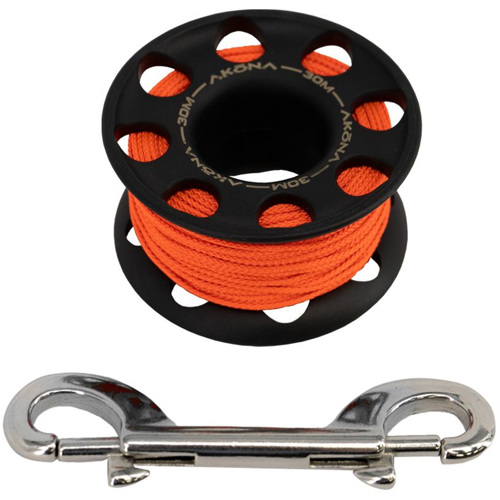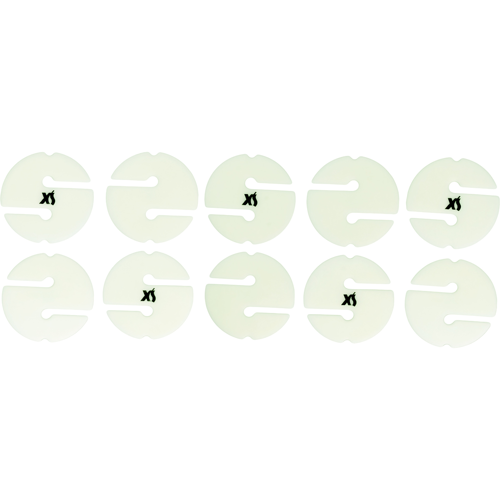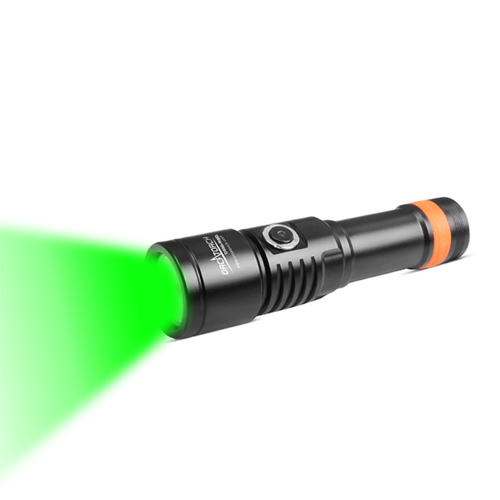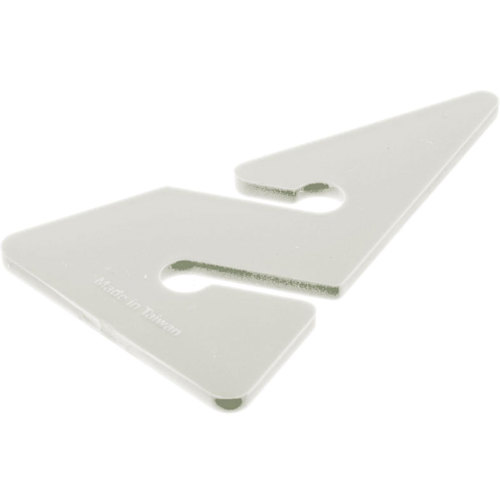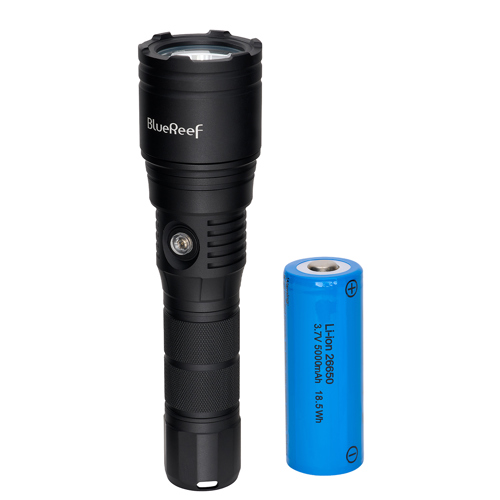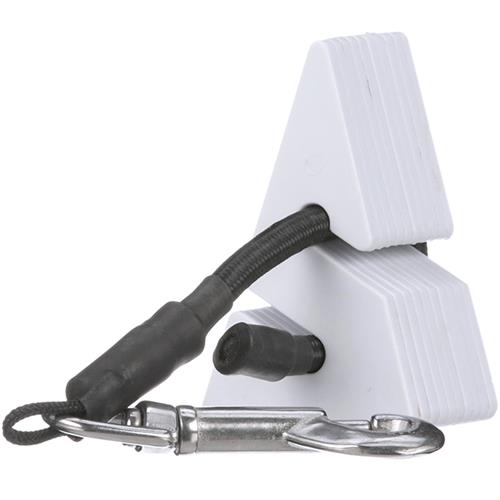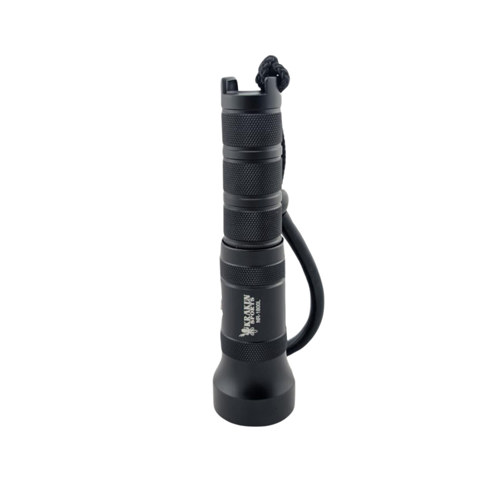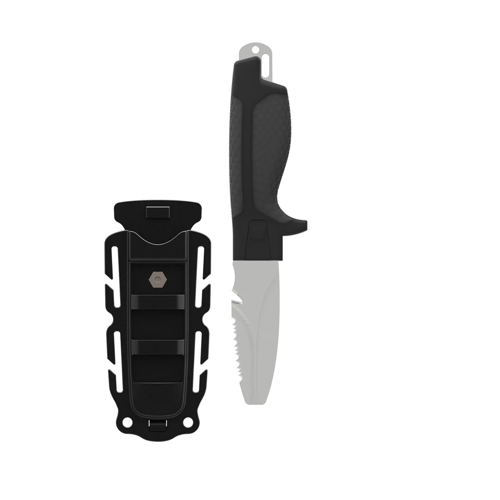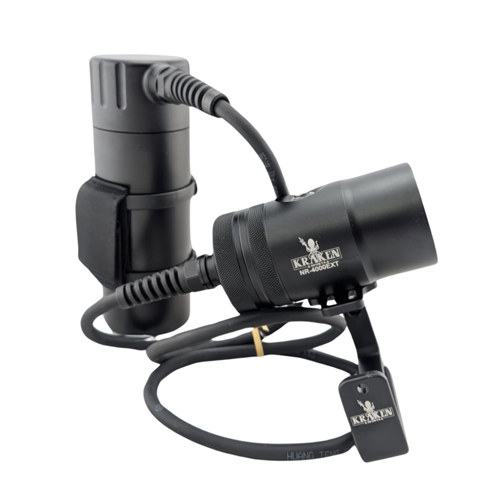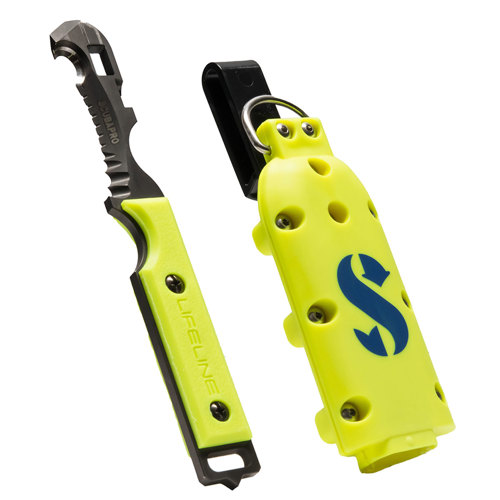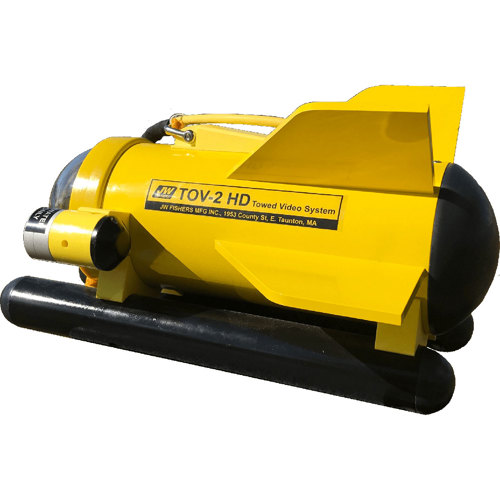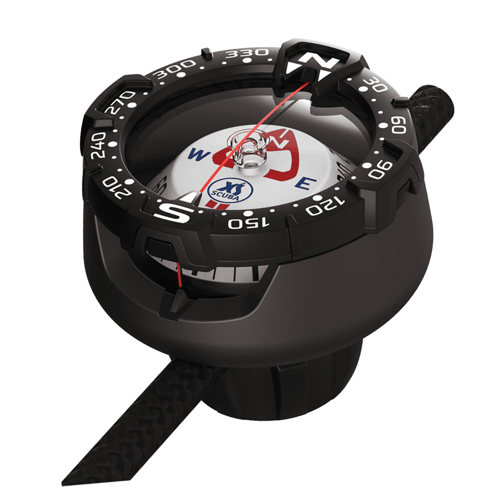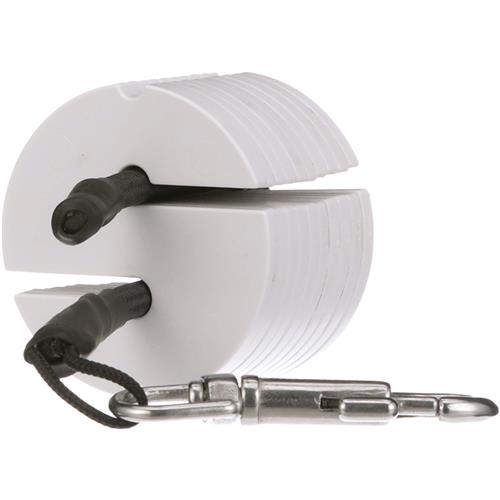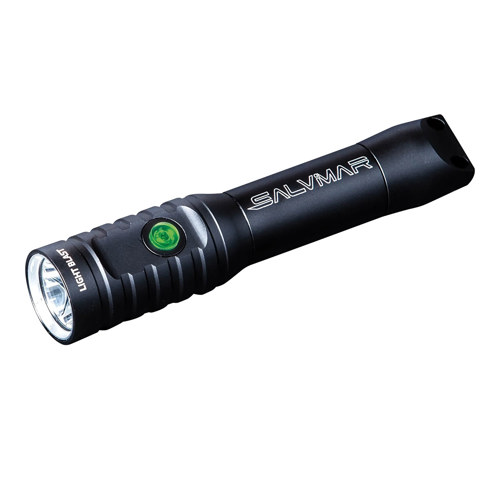Exploring shipwrecks is a pursuit that blends adventure, curiosity, and technical skill, drawing in divers, maritime historians, underwater photographers, and enthusiasts of all backgrounds. The right tools for shipwreck exploration are chosen with care, as they must perform reliably in challenging underwater environments where visibility can drop, currents shift unexpectedly, and the seafloor is often littered with debris. As autumn brings cooler waters and shifting conditions in many popular wreck-diving destinations, those who venture out are reminded of the importance of dependable gear. Essential electronic equipment such as sonar systems—side-scan, multibeam, and subbottom—play a crucial role in the initial search, helping teams detect anomalies on the ocean floor that could be remnants of a vessel lost to time. These systems, often mounted on boats or unmanned vehicles, use sound waves to map the seafloor in remarkable detail, revealing the outlines of ship hulls, scattered cargo, or even objects buried beneath layers of sand. Magnetometers are another valuable asset, able to detect metallic objects like anchors, cannons, or iron hull fragments by sensing disturbances in the earth’s magnetic field.
Once a potential wreck site is identified, the next stage of exploration calls for a different set of tools and skills. Divers rely on specialized gear to safely enter and navigate the often confined, sometimes silt-filled spaces of a shipwreck. Powerful underwater lights are indispensable for illuminating shadowy passageways and bringing the intricate details of corroded machinery, barnacle-encrusted railings, and forgotten artifacts into view. Wreck reels and guideline spools provide a lifeline, literally and figuratively, allowing divers to mark their path and ensure a safe return to the exit—an absolute must in complex or low-visibility wrecks. Safety tools such as dive knives or line cutters are kept within easy reach to handle unexpected entanglements with fishing lines or netting. Cameras, both still and video, enable explorers to document their discoveries, capturing everything from the haunting beauty of a ship’s bow to the delicate marine life now calling it home. For those involved in archaeological work, the toolkit expands to include hand trowels, measuring tapes, waterproof clipboards, and pencils—simple yet effective instruments for carefully excavating and recording finds without disturbing the site’s integrity. Surface marker buoys are another staple, providing a visual signal to boats above and marking the diver’s location for added safety.
Shipwreck exploration tools make thoughtful gifts for a wide range of people. Experienced divers may appreciate the latest advancements in sonar mapping or underwater imaging, while newcomers can benefit from reliable safety gear or navigation aids. Archaeology students, marine researchers, and even adventurous travelers who dream of their first wreck dive will find these tools open up a world of discovery beneath the waves. As you assemble your kit for the season, consider pairing your chosen tools with the right apparel for cold-water dives or extended sessions underwater. For inspiration and practical advice on what to wear, visit our
Outfits For Exploring Shipwrecks page. Whether you are charting unknown territory with advanced electronic systems or carefully uncovering history with hand tools, the right equipment not only enhances your experience but also ensures your adventures are safe, rewarding, and unforgettable.

